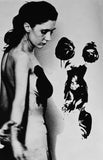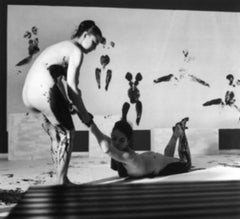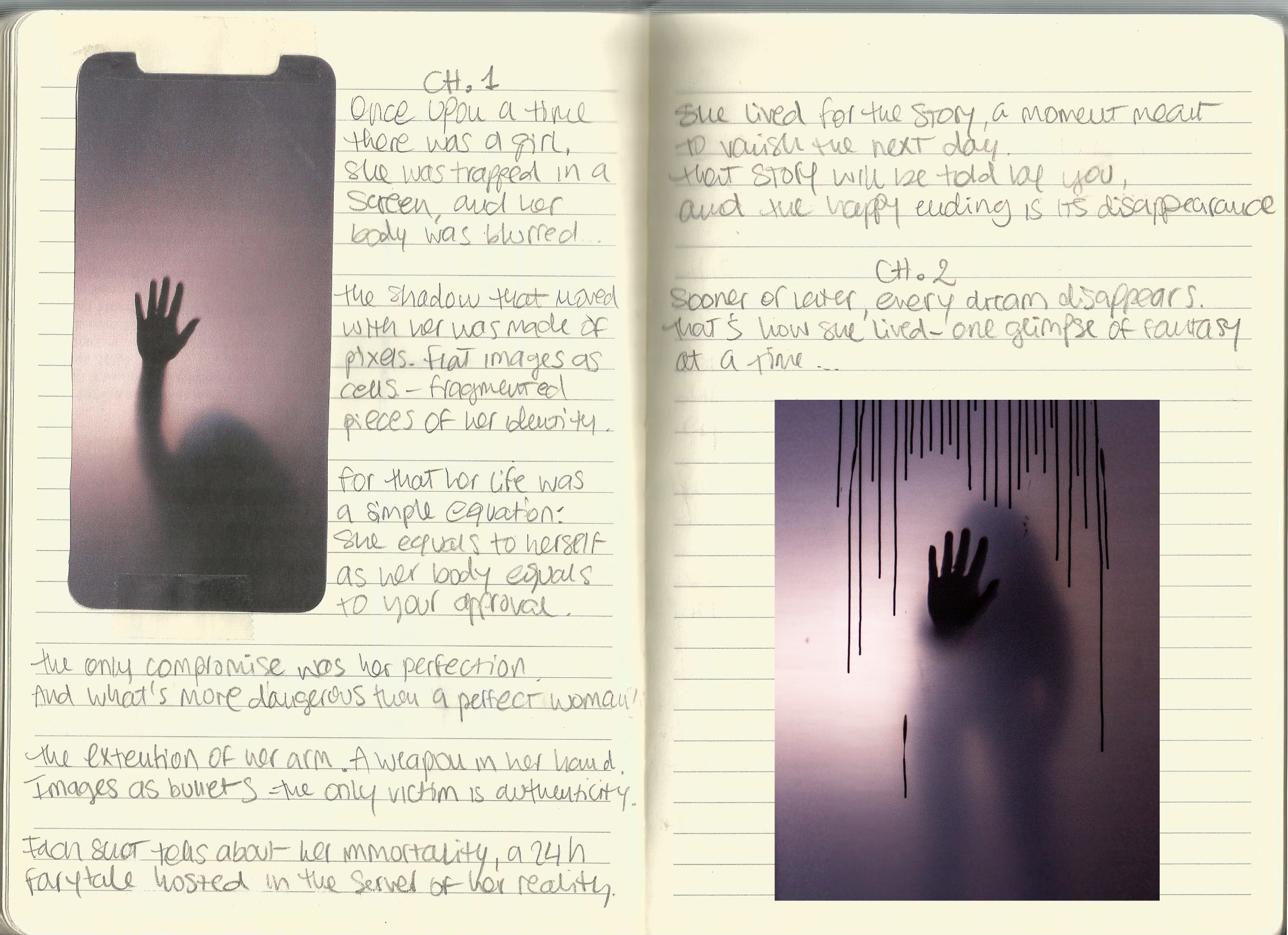Curaty's featured artist of the week is Sofia 'Sophmetries'. She is a multi-disciplinary artist currently enrolled in the final year of MA Fine Art at UAL's Central Saint Martins. Check out this incredible blog she put together to share her story and journey as an artist.
In this blog post you will find: Sofia's story and journey as an artist | Videos from her virtual studio visit and masterclass with Curaty | Available artworks for purchase through our online store.

- What's your story.
"You own the party. You come here to have fun, make friends and look beautiful. You will receive generous tips by the male customers and there is strictly no sexual interaction”.
These were the terms of my first job, after applying to an eccentric, multicoloured, all caps Craiglist post advertising a job opportunity for young female students.
I was 17 when the text message with time, place and dress-code invited me to confirm my participation to the event by replying yes, no or maybe.
$2000 later my entire reality was irreversibly distorted, and specifically the understanding of possibilities in which I could capitalise on my body.
This went hand in hand with the wave of social media that influenced my generation. My self-awareness and sense of integration relied on an analytical validation system that rewards filtered beauty and a curated lifestyle of pleasure. It was clear to me that the key to unlock the stereotypically affluent virtual life, was indeed money.
Eventually, while broadcasting my New York privileged lifestyle, I started feeling trapped into a definition of desirability that hinged on unrealistic ideals. The failure to fully connect lead me to question my need to be outside the web and beyond the hyperawareness of my appearance.


As a result, my art practice is a self-reflexive project, to negotiate a space for the production of identity. My work responds with absolute transparency to narrative conventions, investigating the value of the female body in an hyperconnected and commodified society.
Through a combination of body art and media technology, my aim is to determine conclusions about how identity is converted into economic capital. Using my own body as an art object I allow myself to become the subject, and my personal experience with woman-hood is at its core.

2. Is there a movement that inspired you? Why do you create the work you make?


In 1960 the french artist Yves Klein directed a performance where he arranged a group of naked woman making imprints of their body in front of a live audience. Although the work raised criticism for the way in which the artists instumentalised naked female models, what strikes me the most is how he distanced himself from its art production.
Anthropometries removed the artist from the direct making of the work and simultaneously extended the role of the female body. There, while the art making process unfolds directly in front of the audience, sexuality is at the core of this work (and perhaps its success).
Sexuality, emphasised by John Berger, was a crucial connotation carried over by the female body as represented in the average European oil paintings. He illustrates a passive and languid woman in a male dominated art history, and suggests that a naked body implies an awareness of being seen as an object in order to become a nude.




The feminist debate that followed throughout the end of 19th century, was a strong critical response to the sexual objectification surrounding women’s bodies in art history. Female artists started using their own bodies to reclaim subjectivity, and separate themselves from the gendered representation set by their male predecessors.
However, in modern frameworks, there is still an intense focus on women’s bodies. More specifically, in the artistic context and body art, there seems to be an element of inseparableness of the body from its sexual component. Where in the pre-feminist era, the representation of the female body was manipulated by male artists, in the contemporary media culture women become their own ‘sexual entrepreneurs'.
Drawing on the topic addressed, I felt the urge to experiment with my own body in art, to recreate the experience of proximity highlighted this study. Similarly to Anthropometries, I created a series of indexical marks with my body, which turned out to be a deeply intimate and personal experience. By re-contextualising this relationship of body, material and space, I analyse my work under two different circumstances: being a body and being a woman.
"As a woman, I am also a body - yet the role of proximity changes everything."
The interplay of proximity and mediation in my work, is set to explore the possibilities of reception between art and audience. Hence, social media might be the key aspect separating my work from the considerable influence of early feminist art.

Feminist body art of the 1970s, demonstrated how immediacy is at the core of developing a relationship with the audience. Their radical productions are characterised not only by their bodies, presented explicitly as sexual object, but also by the set of relations between audience and performer that evolve in the duration of the performance.
Social media is, after all, embedded in my culture. And only by provoking a reaction I can anticipate the future of sexual politics in art. My motivations are sparked by the desire to expose the contradictions of my generation, highlighting the problems of online communication, and the digital commodification of female bodies.
Is it possible that, in the era of networked protocols and love algorithms, the only way to authenticity is through a screen?

Videos from this week's Masterclass & Studio Visit:










